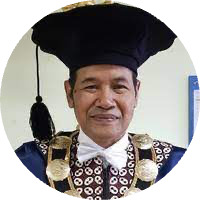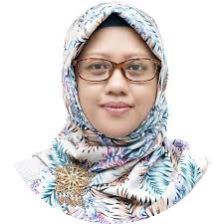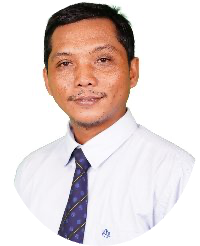Ethnomathematics study in calendar system of Baduy tribe
DOI:
https://doi.org/10.21831/ej.v1i1.28013Keywords:
Ethnomathematics, Baduy CalendarAbstract
References
Arisetyawan, A, (2015). Etnomatematika masyarakat Baduy (Unpublished master's thesis). Universitas Pendidikan Indonesia, Indonesia.
Arisetyawan, A., Suryadi, D., Herman, T., & Rahmat, C. (2014). Study of Ethnomathematics: A lesson from the Baduy Culture. International Journal of Education and Research, 2(10), 681-688.
Awodeyi, A. F. (2017). The teaching of "˜modular arithmetic' in senior secondary mathematics, European Center for Research Training and Development UK, 5(2), 8-13.
Hadi, S. (2005). Mathematics realistic Education. Tulip: Banjamasin.
Ichwandi, I., & Shinohara, T. (2007). Indigenous practices for use of and managing tropical natural resources: A case study on Baduy community in Banten, Indonesia. Tropics, 16(2), 87-102. Doi: https://doi.org/10.3759/tropics.16.87
Iskandar J. (1991). An Evaluation of the shifting cultivation of the Baduy community in West Java using system modeling (Unpublished master's thesis). Chiang Mai University, Thailand.
Karnilah, N., Turmudi, T., & Juandi, J. (2012). Ethnomathematics exploration in the product of Baduy community. Paper presented at Mathematics Education Conference, Universitas Pendidikan Indonesia, Bandung.
Kurnia, A., & Sihabudin, S. (2010). Saatnya Baduy bicara. Bumi Aksara: Jakarta.
Matang, M. (2006), The role of ethnomathematics and reflective learning in mathematics education in Papua New, Proceedings of the 10th International Congress of Mathematics Education, Copenhagen.
Pica, P., Lemer, C., Izard, V., & Dehaene, S. (2004). Exact and approximate arithmetic in an Amazonian Indigene Group. Science, 306(5695), 499-503. Doi: https://doi.org/10.1126/science.1102085
Rosa, M., & Orey, D. C. (2013). Ethnomodeling as a research theoretical framework on ethnomathematics and mathematical modeling. Journal of Urban Mathematics Education, 6(2), 62–80.
Septianawati, T., Turmudi, T., & Puspita, E. (2017). Ethnomathematics study: Uncovering units of length, area, and volume in Kampung Naga Society. Journal of Physics: Conference Series, 812 012021. Doi: https://doi.org/10.1088/1742-6596/812/1/012021
Syahrin, M. A., Turmudi, & Puspita, E. (2016, February). Study ethnomathematics of aboge (alif, rebo, wage) calendar as determinant of the great days of Islam and traditional ceremony in Cirebon Kasepuhan Palace. AIP Conference Proceedings, 1708(1), 060009). Doi: https://doi.org/10.1063/1.4941172
Wolcott, H. F. (1992). The Currents boundaries and the future directions of ethnograpihic research. In Margaret D. Le Compie, Wendy L. Milloroy, & Judith Preissle (Eds.). The Handbook of Qualitative Research in Education. UK: Emerald Group Publishing Limited.
Downloads
Published
How to Cite
Issue
Section
Citation Check
License
The authors submitting a manuscript to this journal agree that, if accepted for publication, copyright publishing of the submission shall be assigned to Ethnomathematics Journal. However, even though the journal asks for a copyright transfer, the authors retain (or are granted back) significant scholarly rights.

Ethnomathematics Journal by https://journal.uny.ac.id/index.php/ethnomath is licensed under a Creative Commons Attribution-ShareAlike 4.0 International License.












